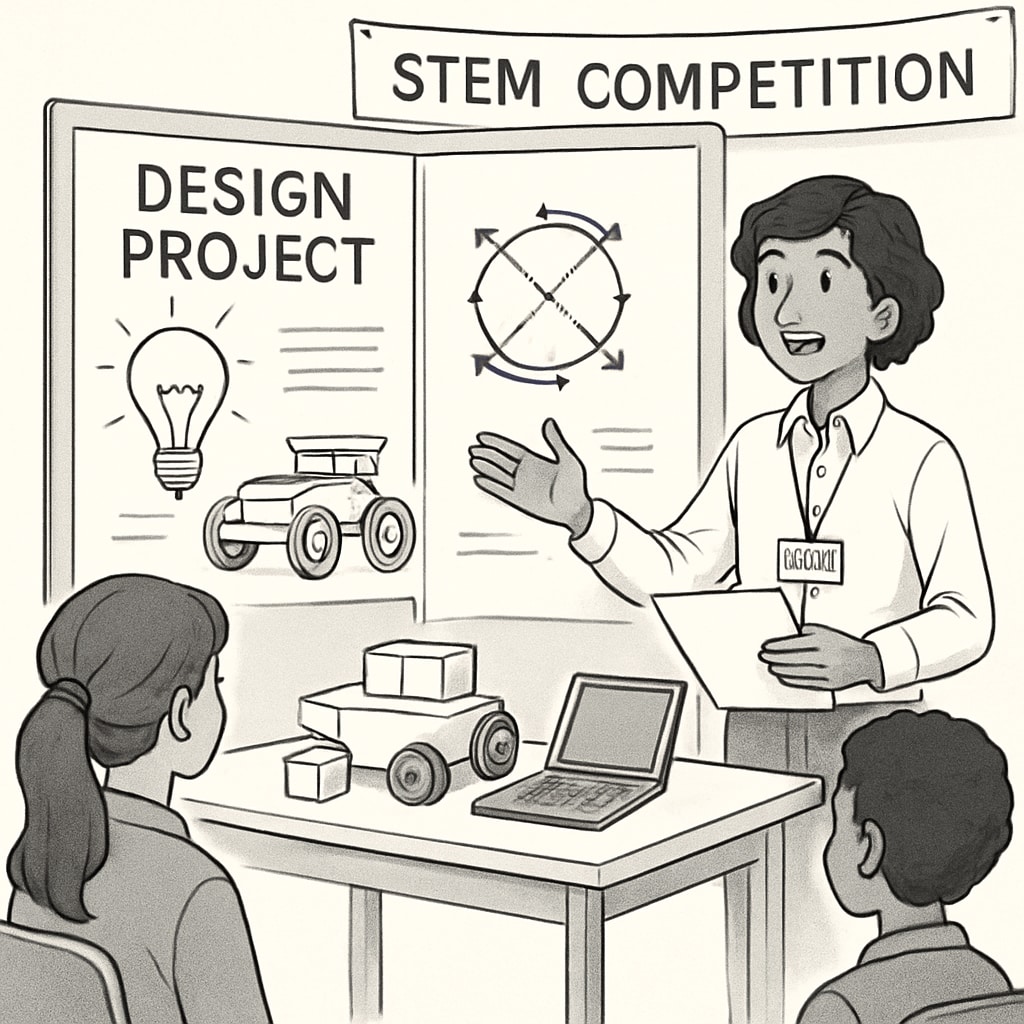For students pursuing a future in design engineering, degree choices and career competitiveness often hinge on the foundational skills and awareness built during their K12 education. This critical stage of learning not only introduces students to STEM principles but also empowers them to make informed decisions regarding academic pathways like MEng (Master of Engineering) or MSc (Master of Science). Strategic early guidance can significantly influence their ability to navigate the highly competitive engineering job market.
The Role of K12 Education in Design Engineering Aspirations
K12 education serves as the cornerstone for cultivating a lifelong interest in design engineering. By introducing students to hands-on STEM (science, technology, engineering, and mathematics) activities, schools can spark curiosity and a passion for problem-solving. For instance, project-based learning initiatives, such as designing simple mechanical structures or coding basic algorithms, give students a taste of engineering principles.
Moreover, career counseling programs during the K12 years are vital. They help students understand the distinctions between various engineering degrees, such as the research-focused MSc and the application-oriented MEng. This early awareness builds a foundation for meaningful decision-making later in life.

Choosing Between MEng and MSc: Key Considerations
One of the most significant academic decisions future design engineers face is choosing between an MEng and MSc degree. Each pathway offers distinct benefits and career trajectories:
- MEng (Master of Engineering): Often structured as a four-year integrated program, an MEng focuses on practical, industry-relevant skills. Graduates are well-suited for roles in engineering design, product development, and project management.
- MSc (Master of Science): This degree emphasizes research and specialization. It is ideal for students interested in pursuing advanced studies or careers in academia, innovation, and deep technical expertise.
Students who understand these differences early can align their academic choices with their career goals. For example, those aiming to work in dynamic industries like automotive design might lean toward an MEng, while aspiring researchers may find an MSc more suitable.
Building Career Competitiveness Through Early Planning
In the competitive field of design engineering, career readiness extends beyond academic qualifications. Employers value skills such as critical thinking, collaboration, and adaptability—traits that can be nurtured during the K12 years. Extracurricular activities like robotics clubs, engineering camps, and science fairs allow students to develop these competencies in practical settings.
Additionally, K12 educators and parents can encourage students to seek mentorship opportunities or internships. Engaging with professionals in design engineering provides insights into real-world applications and helps students refine their academic and career aspirations.

Conclusion: Empowering Students at the Crossroads
Ultimately, K12 education plays an integral role in shaping students’ futures in design engineering. By fostering early exposure to STEM, providing career guidance, and emphasizing practical skill development, educators and parents can equip students to make confident decisions about their degree pathways and career goals. Whether pursuing an MEng or MSc, these foundational experiences ensure students are well-prepared to thrive in an increasingly competitive job market.
Readability guidance: Short paragraphs and lists summarize key points for clarity. Transitions like “for example” and “in addition” enhance flow. Passive voice remains minimal, and academic terms are explained for accessibility.


